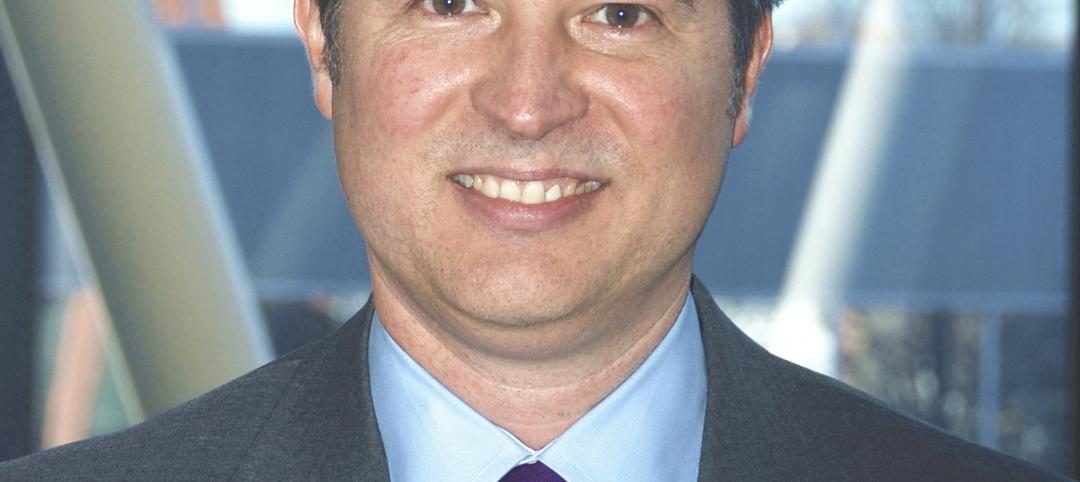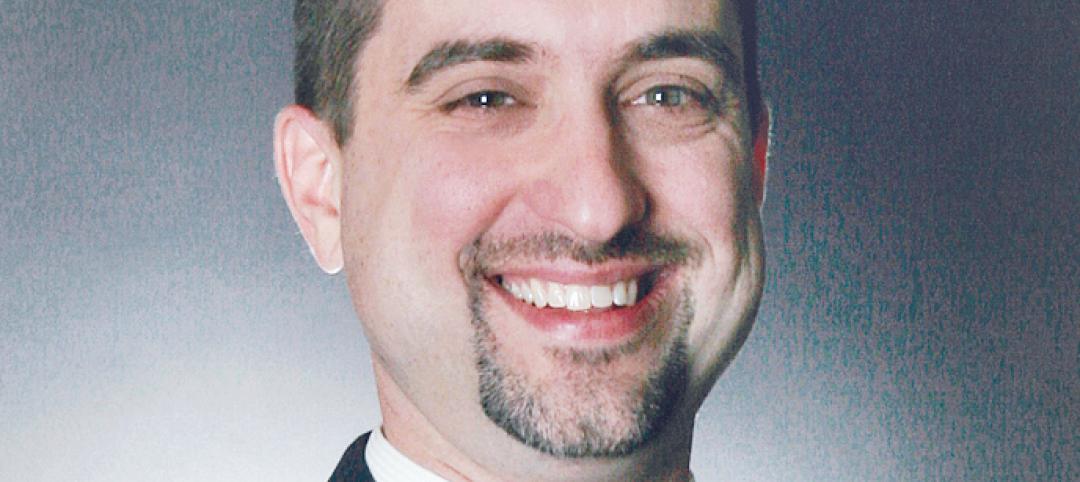For the past six years, architecture/engineering firm Leo A Daly has been designing sites for remote field stations that are collecting environmental data across the country on behalf of the National Ecological Observatory Network, an independent nonprofit entity funded by the National Science Foundation.
Over its 30-year lifespan, NEON’s 106 aquatic and terrestrial sites will track climate conditions, land-use changes, and data on invasive species. The sites have been selected to represent different regions of vegetation, landforms, climate, and ecosystem performance.
One difficult design problem, according to Elizabeth Hunter, the firm’s Project Manager for NEON, has been complying with a mandate of near-zero ecological disturbance. “NEON’s engineers wanted to build [the field stations] with a hovercraft and not disturb anything,” she says, only half jokingly. Leo A Daly, which has designed structures for national parks, had to find ways to meet NEON’s demands using equipment no bigger nor more intrusive than a small skid steer loader.
Case in point: the instrument hut and tower for a site called Dead Lake, near Demopolis, Ala. The site is located close to the Black Warrior River and is susceptible to flooding. NEON has strict criteria about enclosing its instruments within a continuous foundation, so the design team called for the tower to be built on a foundation supported by piers five feet off the ground that allow floodwaters to pass through. The station went live in 2013.
The sites are mostly self sufficient, but have to be accessible by scientists, who visit the sites periodically to collect data and recalibrate the equipment. At Dead Lake, an elevated metal boardwalk wiggles its way around trees and other obstructions from the site to a staging area a couple of hundred feet away.
Hunter says the buildout of 60 towers and 46 aquatic sites—including 40 relocatable structures—should be completed by 2017. The towers range in height from 26 to 300 feet and take two to six months to build. The sites cost anywhere from under $500,000 to more than $1 million each.
Read about more innovations from BD+C's 2014 Great Solutions Report
Related Stories
| Jun 6, 2012
KLMK Group awarded contract with Parkland Health & Hospital System in Texas
KLMK will also provide planning guidance in all aspects of the project related to facility activation.
| Jun 5, 2012
Cannon Design joins forces with Peter Ellis New Cities
Peter Ellis will now lead Cannon Design's urban planning and city design practice in collaboration with the firm's executive leadership.
| Jun 5, 2012
Walker Parking opens office in Abu Dhabi
Walker has been in Abu Dhabi since May 2011 but in a temporary office suite.
| Jun 5, 2012
Glumac hires Drit Shoemaker as new director of business development
Shoemaker will research, connect, and forge new client relationships with architects, developers, owners and brokers while strengthening relationships with current clients.
| Jun 5, 2012
Hoffman Architects Arbuckle elected president of New York/Tri-State DOCOMOMO
As chapter president, Arbuckle will guide and oversee the organization's efforts on behalf of Modern buildings and sites, and he will act as the main spokesperson for the organization.
| Jun 4, 2012
Brownfield goes green
Chicago Center for Green Technology uses high-speed, energy-efficient hand dryers to share its green message and earn LEED credits.
| Jun 4, 2012
KBE Building and CTA Construction awarded Project of the Year from CMAA
Award given for work done on the renovation of Beverly High School in Beverly, Mass.
| Jun 4, 2012
Pressley promoted to Senior VP and CIO at Hill International
Pressley will be responsible for managing all of Hill's information technology systems and software worldwide.
| Jun 4, 2012
Stalco Construction promotes Scott Pavick to chief estimator
Pavick manages the estimating department and is responsible for developing cost estimates and budgets, value engineering, and subcontractor bid evaluation and negotiations.
| Jun 4, 2012
HBD Construction to build new training campus in St. Louis
Larger campus facility will expand training opportunities for plumbers and pipefitters.


















